The American Civil War was the most destructive in American history regarding the number of people killed. Estimates on the exact death toll range from around 620,000 to upwards of 850,000, depending on which source you use. The destruction of Confederate data on the death tolls of each battle led to confusion and debate among scholars regarding the number of people killed during the war. However, historians have been able to estimate the death count for each battle in the Civil War, and there are generally accepted counts in academia. Let’s examine the top 10 bloodiest battles of the American Civil War.
Unfortunately, the credible data on the death counts for the American Civil War is extremely limited. This lack of information is largely due to the destruction of Confederate records regarding the war, including how many people were killed and what battles they were killed in. Thus, we have a good idea of how many Union soldiers were killed and where, but not as much information on Confederate ones.
However, the American Battlefield Trust has gathered the evidence from the remaining primary sources of the Confederate army and published them. We started by looking at the causalities in all the battles in the American Civil War.
Then, we cross-referenced the American Battlefield Trust with other scholarly opinions to determine which battles had the highest casualty counts. It’s important to remember that a casualty in a war is not just a death, although historians do count deaths. Casualties include deaths, wounded, and those who go missing or are captured. All of these figures together help determine the human cost of a war. (To learn more about the American Civil War, check out How Much Soldiers Were Paid During the Civil War.)
10. Battle of Fort Donelson
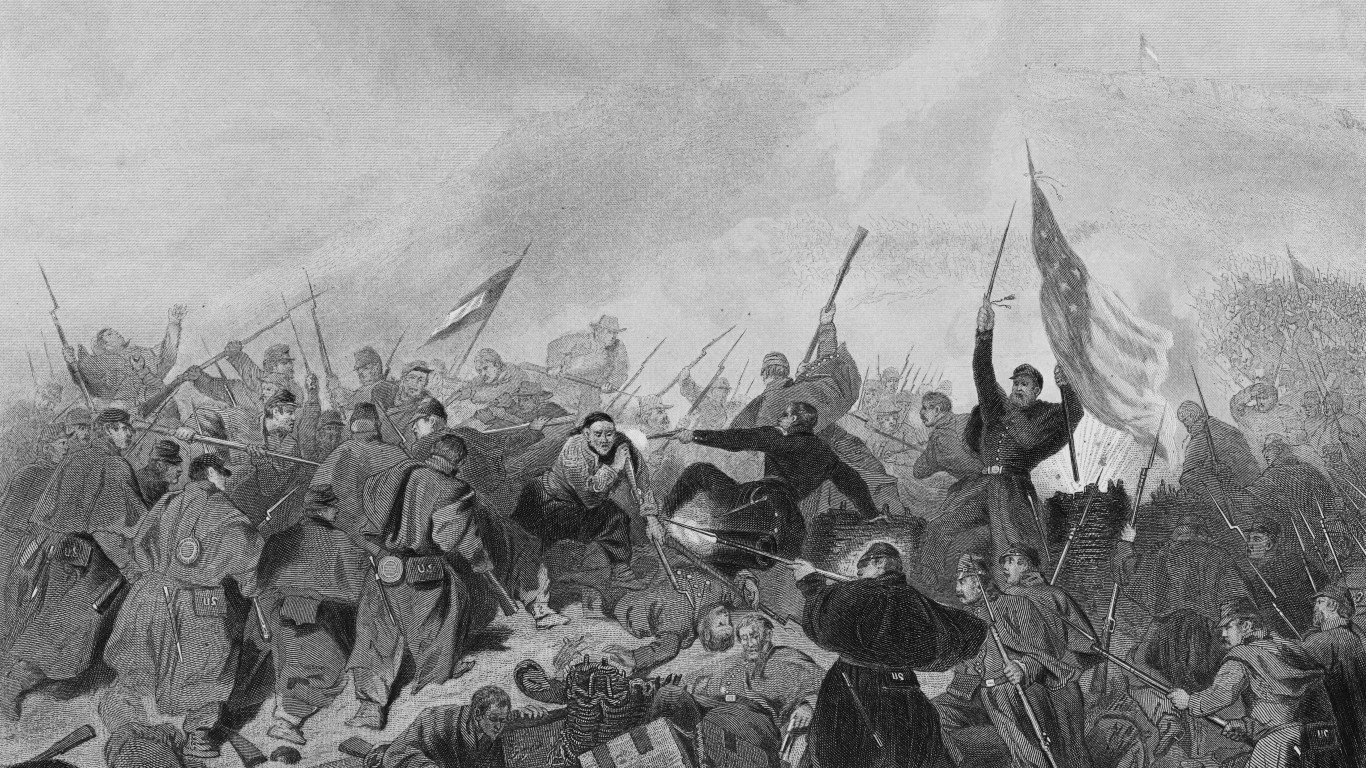
The Battle of Fort Donelson is a crucial one in the story of Brigadier General Ulysses S. Grant, one of the most influential men in the American Civil War on the Union side. This battle was the one that brought his accomplishments and skill to light.
His achievements at Fort Donelson earned him a promotion to Major General and bestowed upon him the pseudonym “Unconditional Surrender Grant” due to his demand for the Confederate soldiers stationed at Donelson to unconditionally and immediately surrender or be annihilated by the Union forces.
The Outcome

The Battle of Fort Donelson comes from the realization by Union generals that commanding the rivers in the South would be critical to the advancement of their forces. They began by capturing Fort Henry, which was around 12 miles from Fort Donelson.
Grant advanced to Fort Donelson as part of an amphibious campaign to push the Confederates out of middle and western Tennessee to open a path to the Southern heartlands. The victory at Donelson forced the Confederacy to give up southern Kentucky and most of middle and western Tennessee. The Tennessee and Cumberland rivers became critical supply lines for the Federal government.
Fort Donelson was a decisive victory for the Union soldiers, leading to the capture of forts Henry and Donelson in Tennessee. The total death toll of this battle was an estimated 16,537, with around 2,691 Union casualties and 13,846 Confederate ones.
9. Second Battle of Manassas
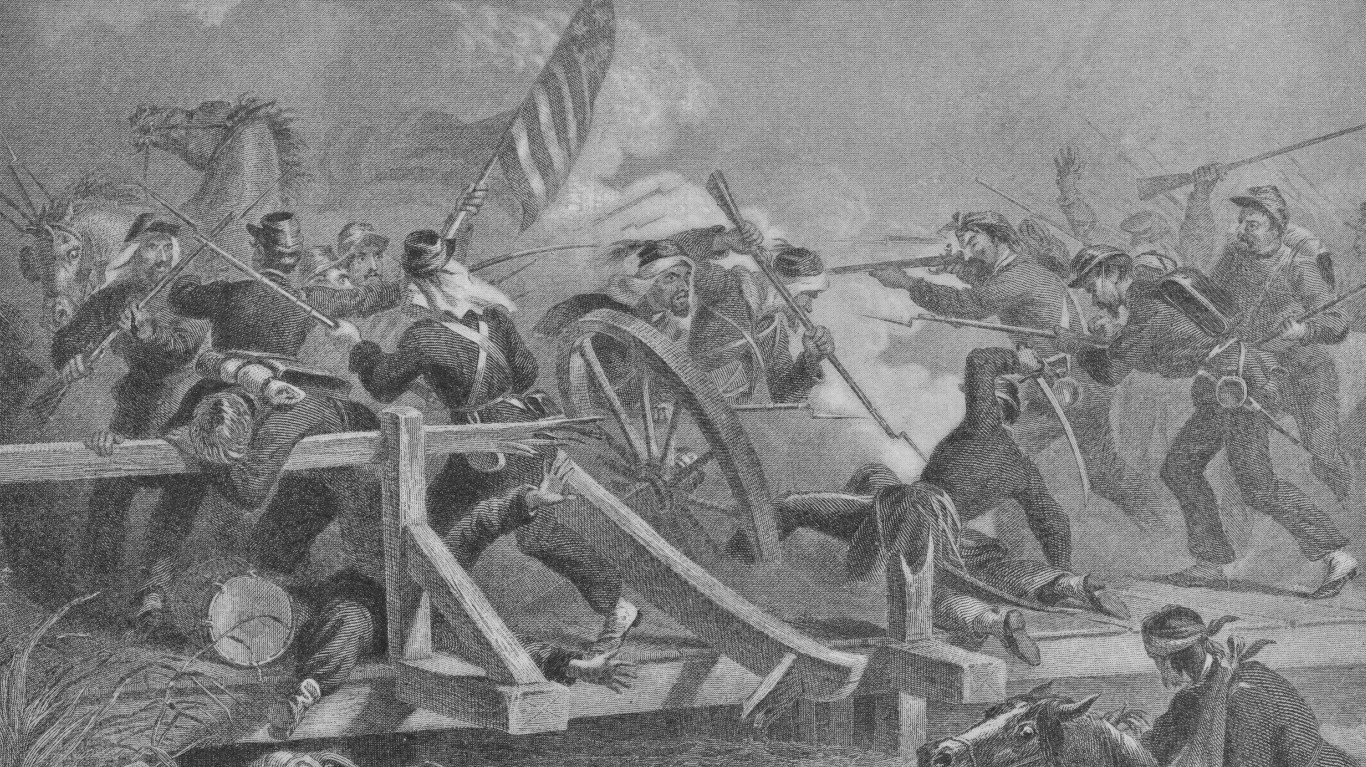
The first Battle of Manassas was a stunning victory for the Confederate rebels. One year later, the Confederacy’s standing in the war remained tenuous as General Ulysses S. Grant retained control of the West and General George B. McClellan threatened the Confederate capital of Richmond, Virginia with the largest army ever assembled in North America.
However, McClellan’s invasion of the Confederacy met stark resistance and in frustration, President Abraham Lincoln assembled the Army of Virginia and appointed Major John Pope to lead it.
Pope’s role in leading the Army of Virginia was to shield Washington from invasion while providing support to McClellan’s invasion, taking the focus away from their forces. However, Pope’s forces suffered a major loss at Manassas, causing the army to be driven back to Bull Run. Ultimately, Pope was dismissed from leading the Army of Virginia as General Robert E. Lee marched his army northward.
The Outcome

The Second Battle of Manassas was a decisive Confederate victory, much like the first Battle of Manassas. The only thing preventing a complete repeat of the catastrophe of the first Battle of Manassas was an effective Union rearguard. Historians estimate the total death count of the Second Battle of Bull Run to be around 21,849 men, with 14,462 being Union soldiers and 7,387 Confederate ones. While the Confederate army did suffer heavy casualties, the battle was ultimately a win for the rebels, allowing them to advance to meet McClellan’s army at Antietam.
8. Battle of Antietam
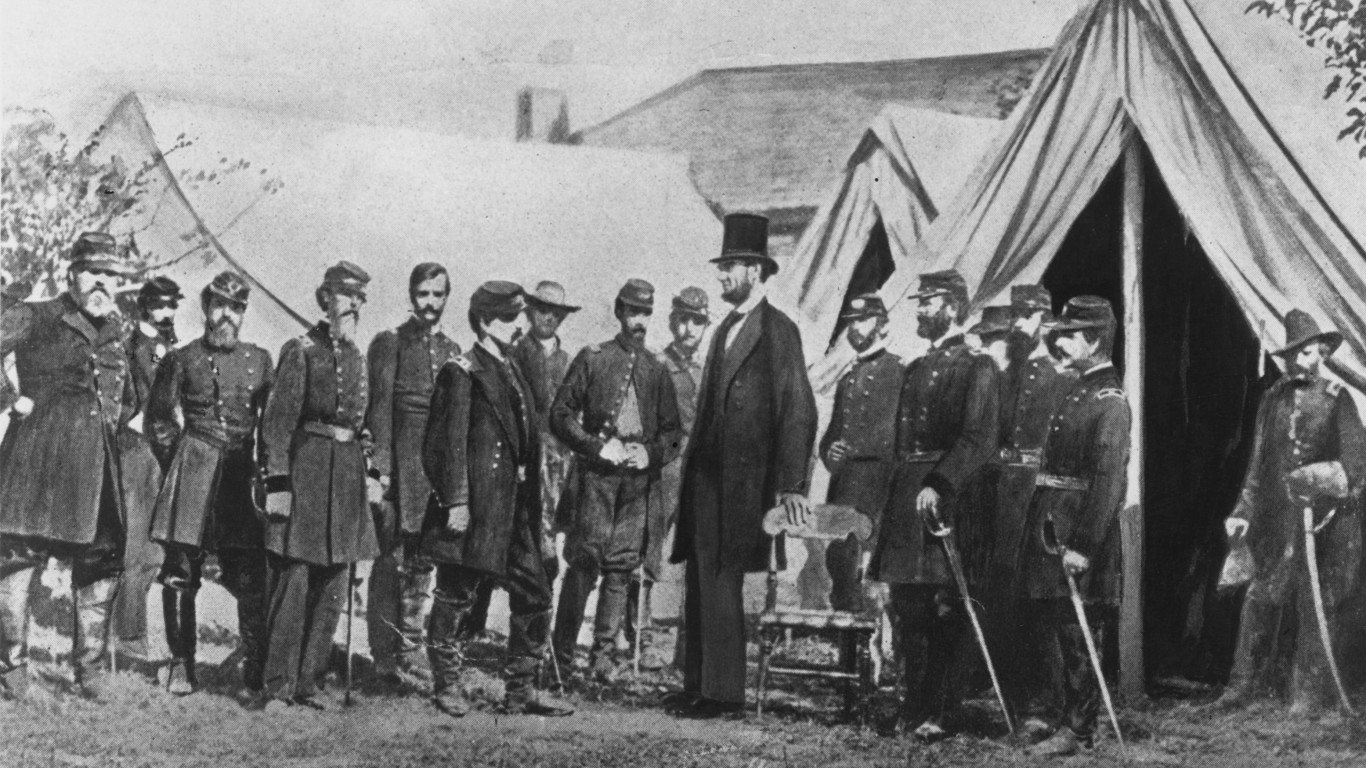
The Battle of Antietam—also known as the Battle of Sharpsburg—is the single deadliest day in the entire American Civil War. It was one of the bloodiest battles of the American Civil War. The battle showed that the Union’s Eastern Theater could withstand the attacks of the rebel Confederate forces. This battle also gave President Abraham Lincoln the ground to issue a preliminary version of the Emancipation Proclamation at a moment of Union strength in the war.
The Outcome
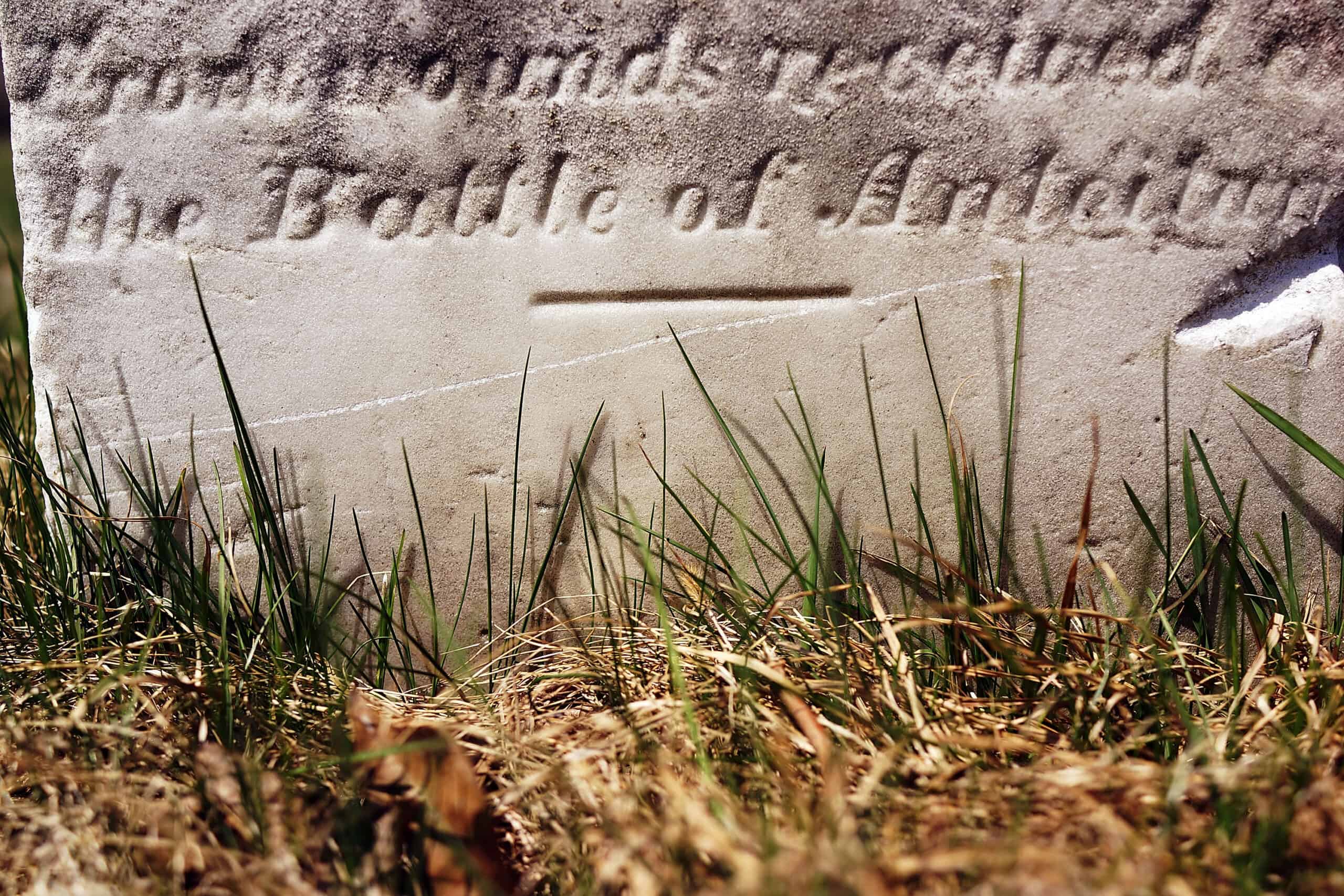
NEW YORK, NY - APRIL 09: A headstone for a man who fought in the battle of Antietam during the American Civil War is viewed at Green-Wood Cemetery on the 149th anniversary of the ending of the Civil War on April 9, 2014 in the Brooklyn borough of New York City. Green-Wood Cemetery holds over 5,000 veterans of the war, including 75 Confederates and women who served as nurses. While New York was not the sight for any Civil War battles, it was home to numerous arms manufacturers, Confederate prisons, tens of thousands of volunteers and was a major center for the financing to the Union Army. The Civil War ran from 1861 to 1865. (Photo by Spencer Platt/Getty Images)
General Robert E. Lee invaded Maryland with the specified goal of shifting the fighting focus of the war from the South to Federal territories. The ultimate goal of moving the battles from Southern to Federal territory was to eventually capture Washington, the capital of the Union. Additionally, Confederate victories in Federal territories could influence the upcoming Congressional elections in the Northern states. The goal was to have the governments of the Northern states and Europe recognize the Confederacy as an independent entity.
However, it’s hard to say who won Antietam. General Lee committed the entirety of his forces to the battle, while General McClellan committed less than ¾ of his men. Had McClellan exercised more force within this battle, it may have had a more decisive outcome. Despite the half-hearted approach McClellan took in the battle, Antietam remains the bloodiest single-day battle in the American Civil War. The American Battlefield Trust estimates the casualties to be around 22,717, with 12,401 of those deaths being Union soldiers and 10,316 Confederate ones.
7. Battle of Shiloh
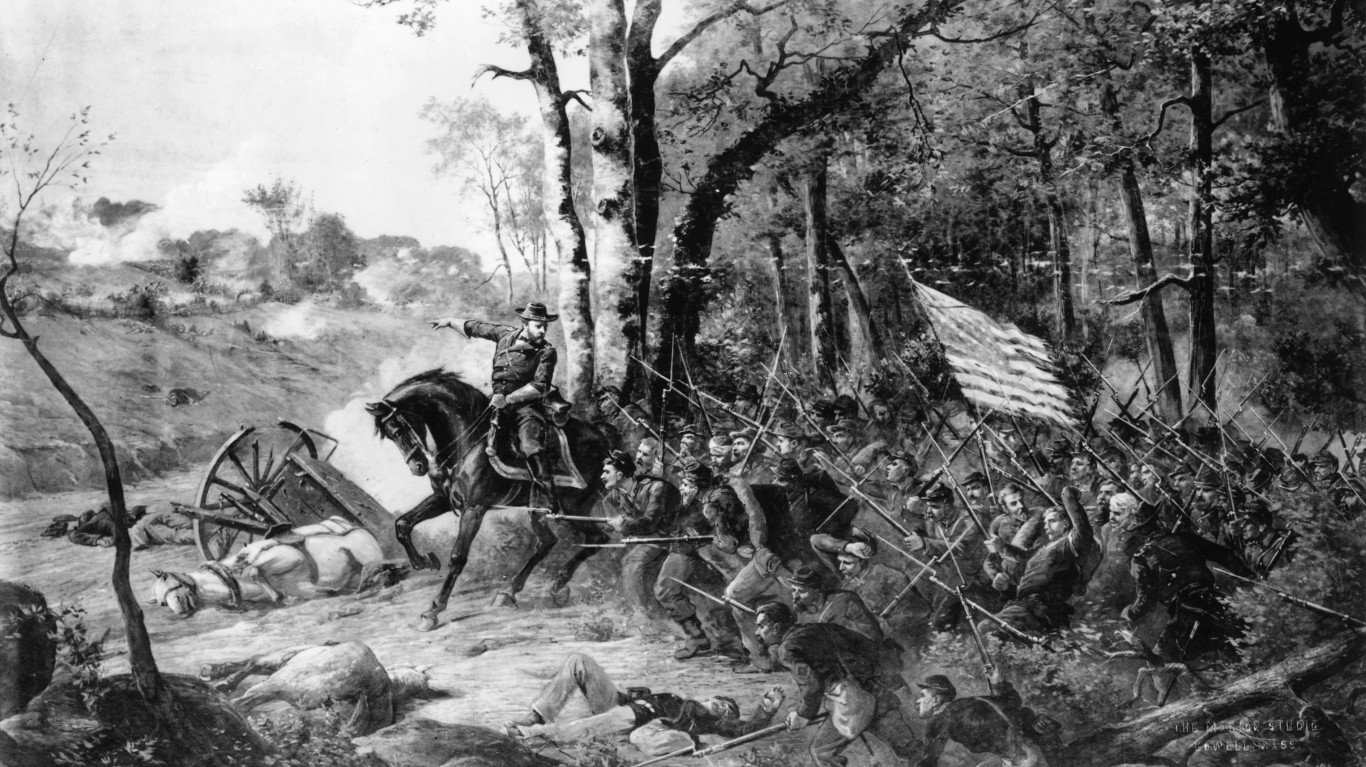
The Battle of Shiloh—also known as the Battle of Pittsburgh Landing—was critical in the Union invasion of the Confederate interior. The toll of the battle was immense. At the time of its occurrence, it was the greatest death count of any battle occurring on the American continent to that date.
While later battles would eclipse Shiloh’s death toll, the battle was a crucial turning point for the Union’s overall victory as it allowed the Federal army to advance into Mississippi and effectively ended any chance of the Confederacy repelling attacks in the Western Theater.
The Outcome
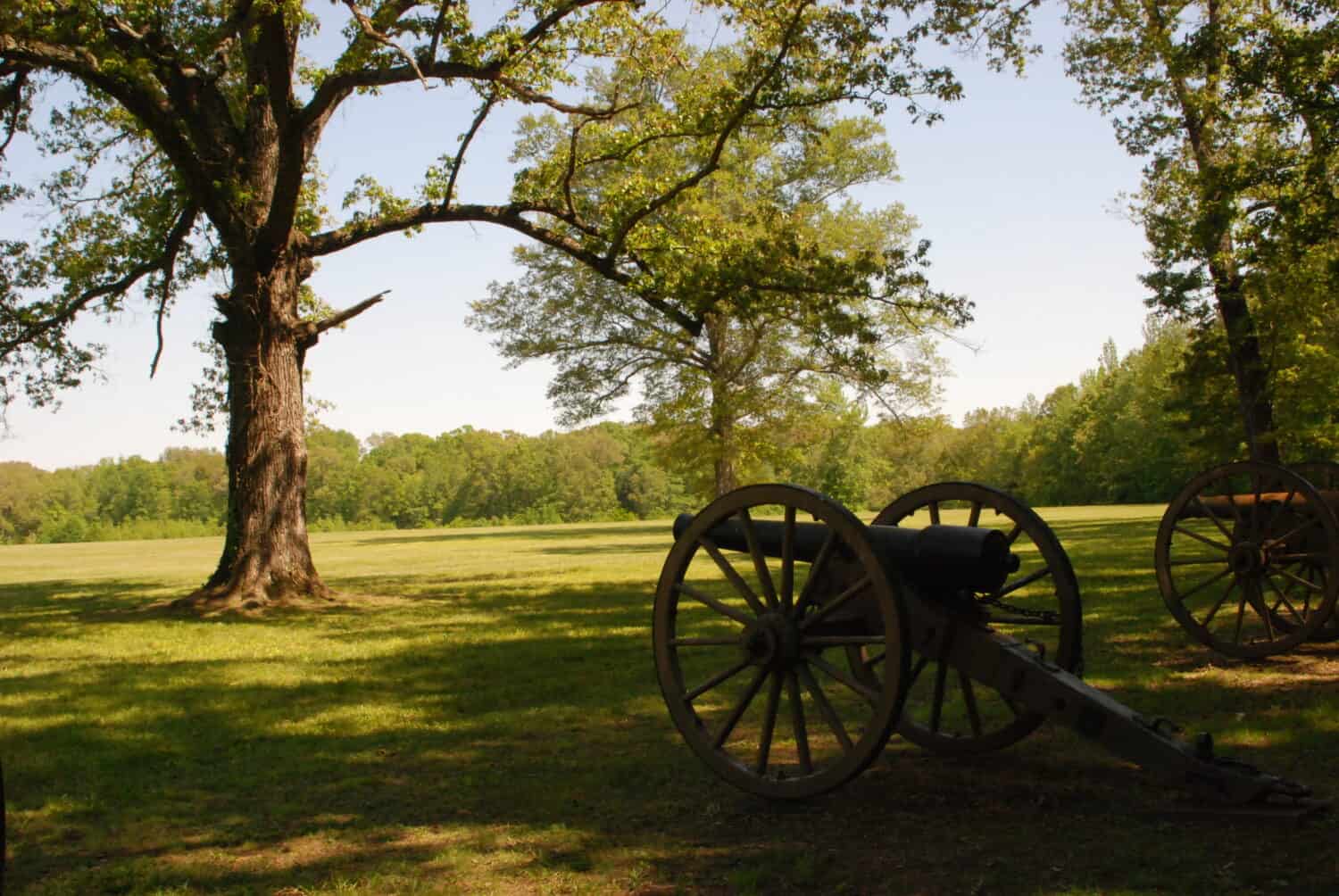
Following the Union victories at Forts Henry and Donelson, Major General Ulysses S. Grant pushed his troops to advance to Corinth, Mississippi. There lay the strategic intersection of the Mobile and Ohio and Memphis and Charleston Railroads. The railroads were a critical supply conduit for the Southern forces. Having learned of the Union advances toward the railroad intersection, Confederate General Johnston intercepted the Federals 22 miles northeast of Corinth at Pittsburgh Landing.
The human toll of the Battle of Shiloh was around 23,746, with 13,047 being Union soldiers and 10,669 Confederate casualties. Before Shiloh, both Confederate and Union leaders believed the Civil War would be a relatively short engagement. However, Shiloh realized the truth: that the Civil War was going to be a long engagement with a much higher death toll than first perceived.
6. Battle of Stones River
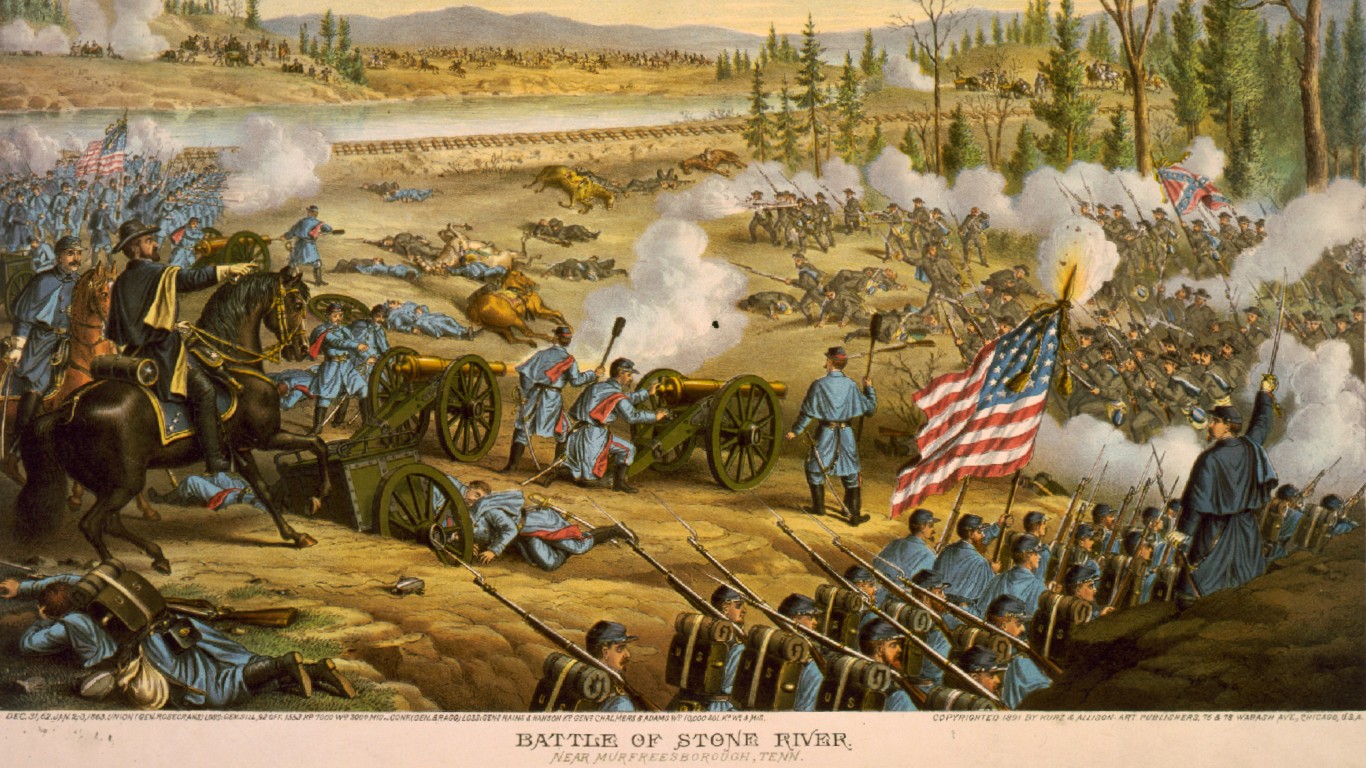
The bloody Battle of Stones River was ultimately a Union victory. However, this battle was close and could have easily gone in the other direction. The win at Stones River gave the Federals control of Central Tennessee, but the battle came at great cost in manpower on both sides with the highest percentage of casualties for both the Federals and the rebels.
The Battle of Stones River started as an uncoordinated attack by General Braxton Bragg’s forces, the Confederate Army of Tennessee. Ultimately, the lack of planning and coordination in the attack would lead to a Union victory despite the rebels faring quite well considering the circumstances. Bragg’s forces clashed with Major General William S. Rosecrans’ Federal Army of Cumberland. However, despite Bragg’s forces ultimately losing the encounter, Rosecrans’ men were so worn down from the conflict that they were out of commission for six months following the battle.
The Outcome

The total death count of the Battle of Stones River was 24,645 men, with 12,906 being Union soldiers and 11,739 being Confederate ones. Bragg gave up the fight on January 3rd, retreating with his remaining soldiers to Tullahoma. This move left the North in control of Central Tennessee and provided a crucial morale boost to the Union forces following the recent loss at Fredericksburg.
While Stones River didn’t have the highest number of casualties in the war, it did have the highest percentage of casualties. With only around 76,400 men in the conflict in total, 24,645 were killed (3.8%), wounded (19.8%), missing, or captured (7.9%).
5. Battle of the Wilderness
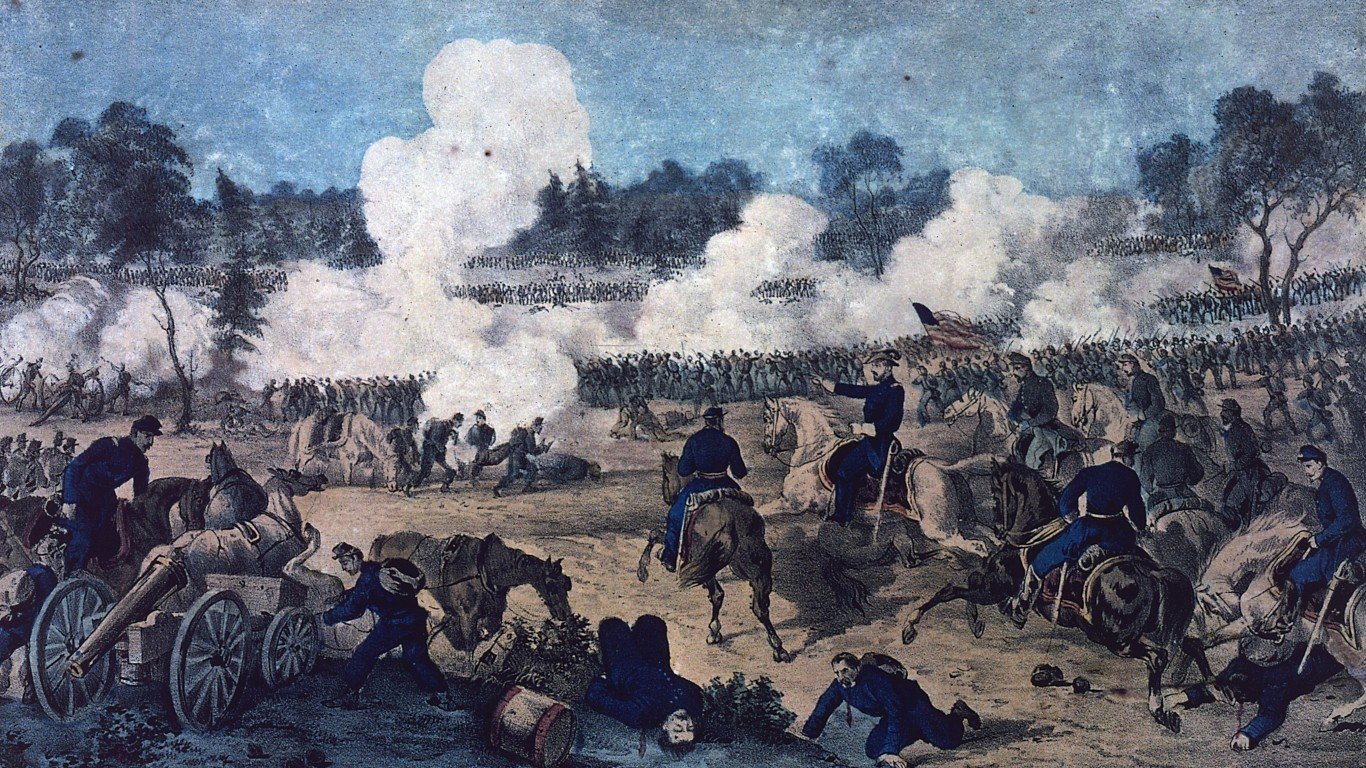
The Battle of the Wilderness was the beginning of the offensive mounted by Union forces to take the Confederate capital of Richmond, Virginia. The newly-appointed General-in-chief of the Union armies, Ulysses S. Grant, ordered the advance. Grant had made a promise to President Abraham Lincoln that he would not halt the Federal army’s advance. He did manage to keep the promise, although at a great cost of human life.
Having been named the general-in-chief of all Federal armies, Grant began planning the Overland Campaign. The offensive aimed to engage General Robert E. Lee in several battles, making it impossible for Lee to send troops to defend Atlanta, Georgia, where Major General William T. Sherman was advancing. Grant made his headquarters with the Army of Potomac, allowing the Potomac’s commander, Major General George G. Meade, to focus on tactical matters while Grant focused on general strategy.
The Outcome
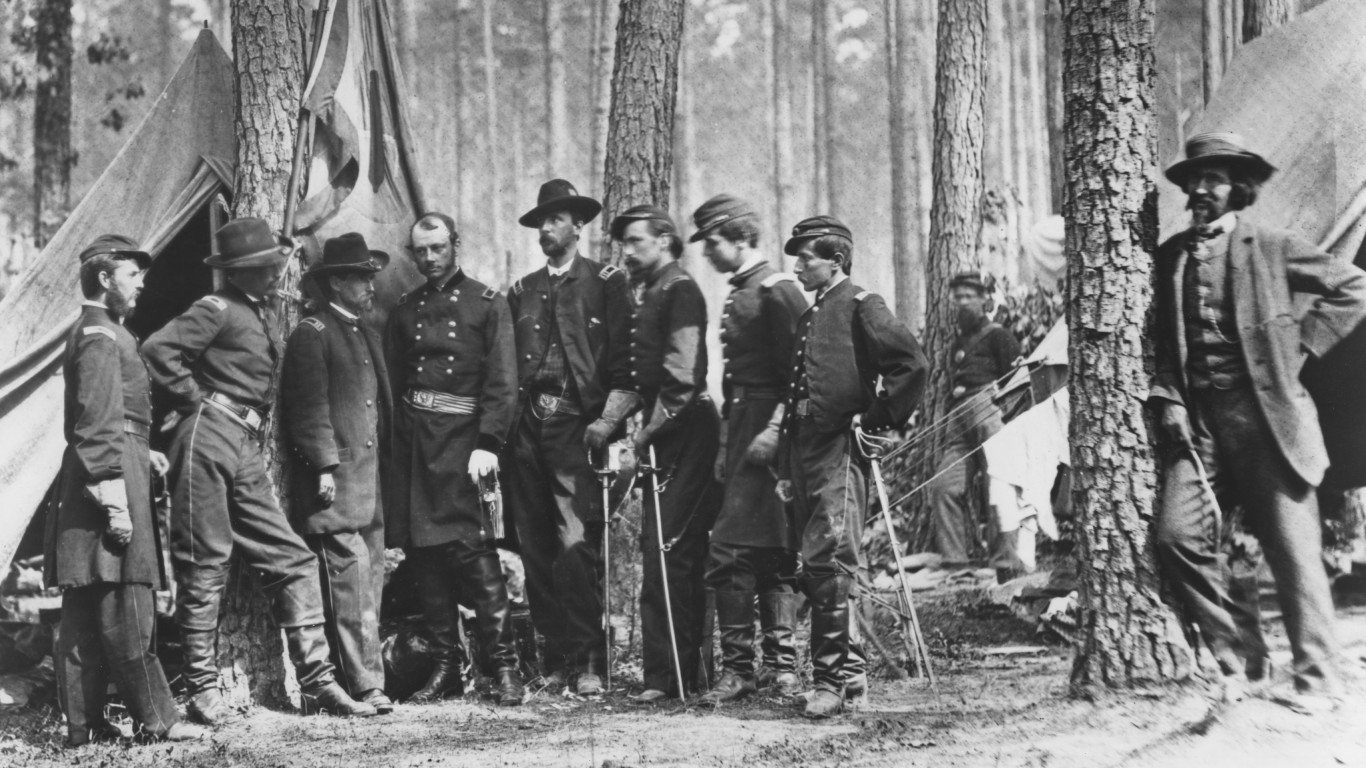
The battle began at Rapidan River and eventually moved to the dense wooded area known as the Wilderness. Both sides raged for over 48 hours of intense combat. However, by the time both forces decided to pull back, there was no clear victor. Neither side had advanced beyond where they started.
The estimated casualty count for the Battle of the Wilderness was around 30,000, with the Union army losing 17,000 men and the Confederate army losing 13,000 men. Despite the Federal army losing thousands more men than the rebels, Grant did not order a retreat and continued the advance on Richmond as promised to President Abraham Lincoln.
4. Battle of Chancellorsville
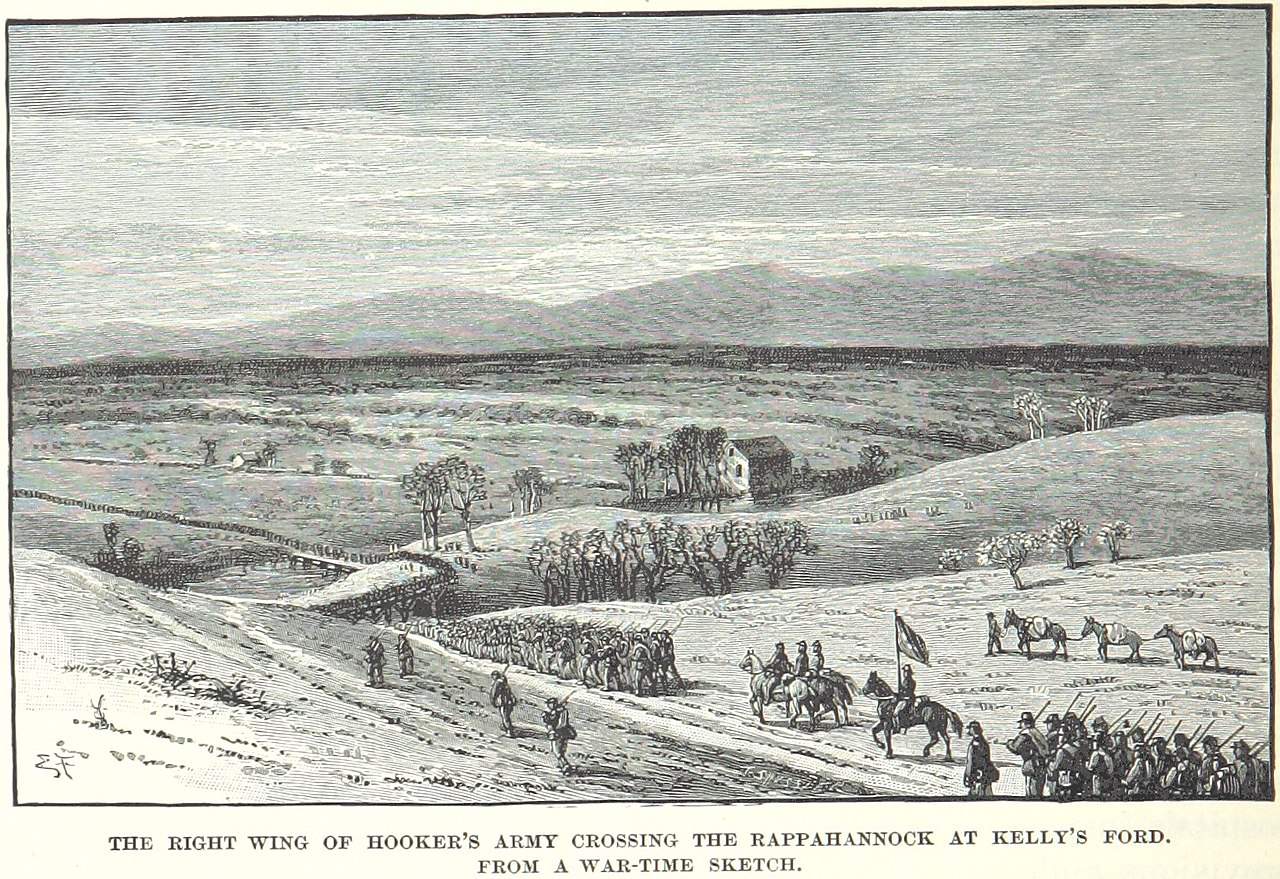
The Battle of Chancellorsville had a high death toll, the fourth highest in the entire American Civil War. Despite the immense loss of human life in the battle, historians consider Chancellorsville to be General Robert E. Lee’s greatest military victory. It is also the last battle for which General Thomas J. “Stonewall” Jackson was present as he was mortally wounded by friendly fire during the engagement.
The Outcome

While General Robert E. Lee commanded less than half the manpower as General Joseph Hooker, Lee made the bold choice to engage Hooker’s forces head-on rather than retreat. Despite his confidence in his army, Hooker’s timid approach to the battle resulted in several poor tactical choices and ultimately a major, disappointing loss for the North at Chancellorsville. This loss comes after the shuffling of leadership from Major General Ambrose E. Burnside to General Joseph Hooker allowed Lee to advance to Gettysburg, Pennsylvania.
The loss at Chancellorsville had a huge morale toll on the Union forces. When Hooker called an end to the weeklong engagement on May 5th, his men grew despondent in response to the call to retreat. The decision to retreat from the engagement confused people on both sides, as the Union troops were far better equipped and fortified than the rebel attackers. The American Battlefield Trust estimates the casualties to be around 30,764 men, with 17,304 Union casualties and 13,460 Confederate ones.
3. Battle of Spotsylvania Court House

The Battle of Spotsylvania Court House was the second major engagement of Federal General-in-chief Ulysses S. Grant’s Overland Campaign. The ultimate goal of the Overland Campaign was to hunt down Confederate General Robert E. Lee, destroy his forces, and take the Confederate capital of Richmond, Virginia. Spotsylvania Court House was a 12-day battle. However, by the time Grant called for the Union soldiers to disengage and continue marching southward, there was still no conclusive victor in the engagement.
Spotsylvania began Union Major General Gouverneur K. Warren’s forces advance to the hill where Major General Richard H. Anderson’s forces rebuff them. Both sides began to entrench in the battle. Ultimately, Major General John Sedgwick was killed, marking the death of the highest-ranking Union officer. The following 11 days would be rife with bloodshed. General-in-Chief Grant attempted various tactical maneuvers to break the Confederate line. After unsuccessfully sieging the location for 12 days, Grant decided it would be better for the Union forces to continue their southward march.
The Outcome
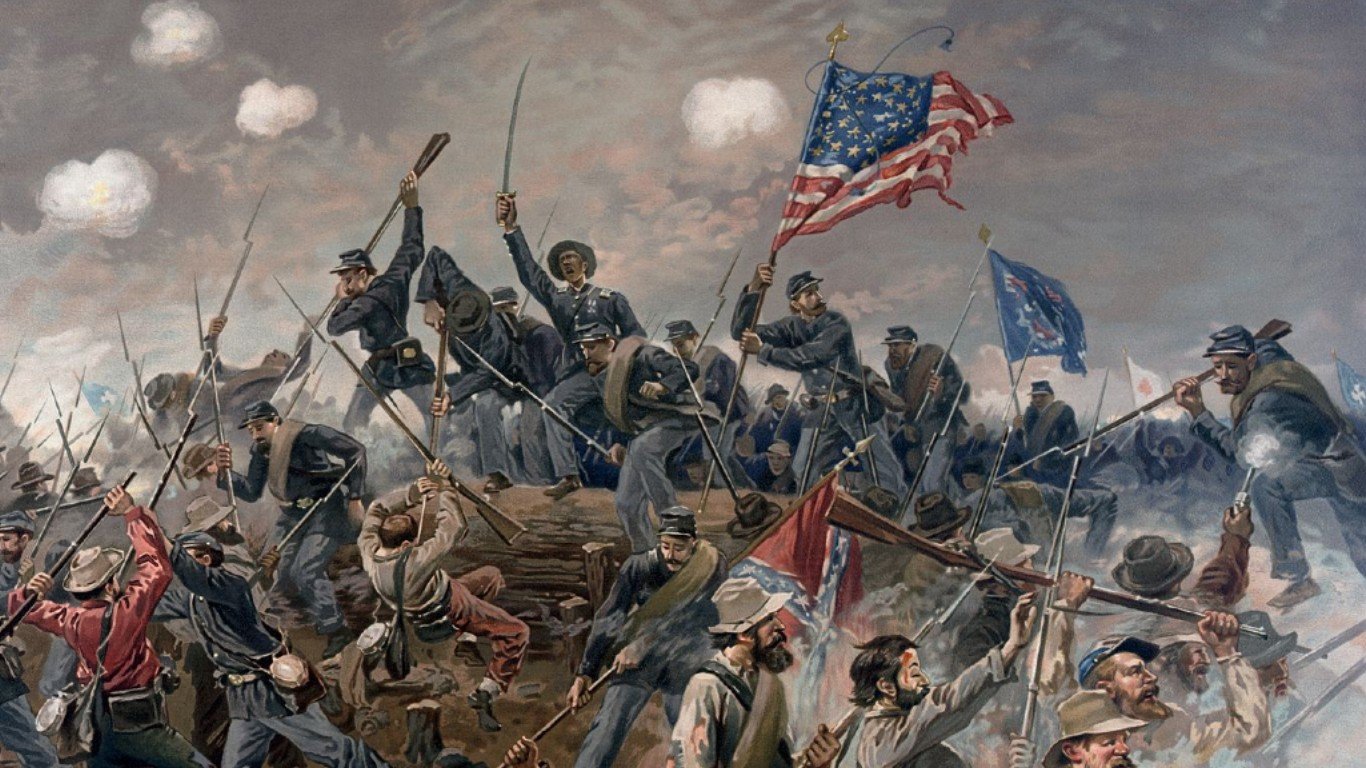
Spotsylvania Court House, while not a decided victory between sides (though both sides independently declared themselves victorious for different reasons), was ultimately one of the driving forces in the Union’s eventual victory. While the Federal armies suffered severe losses in the engagement, the losses to the Confederate armies were proportionally more significant. One of the bloodiest battles of the American Civil War, the total casualty count was around 31,086. Of those, 18,399 were Union losses and 12,687 were Confederate losses.
2. Battle of Chickamauga
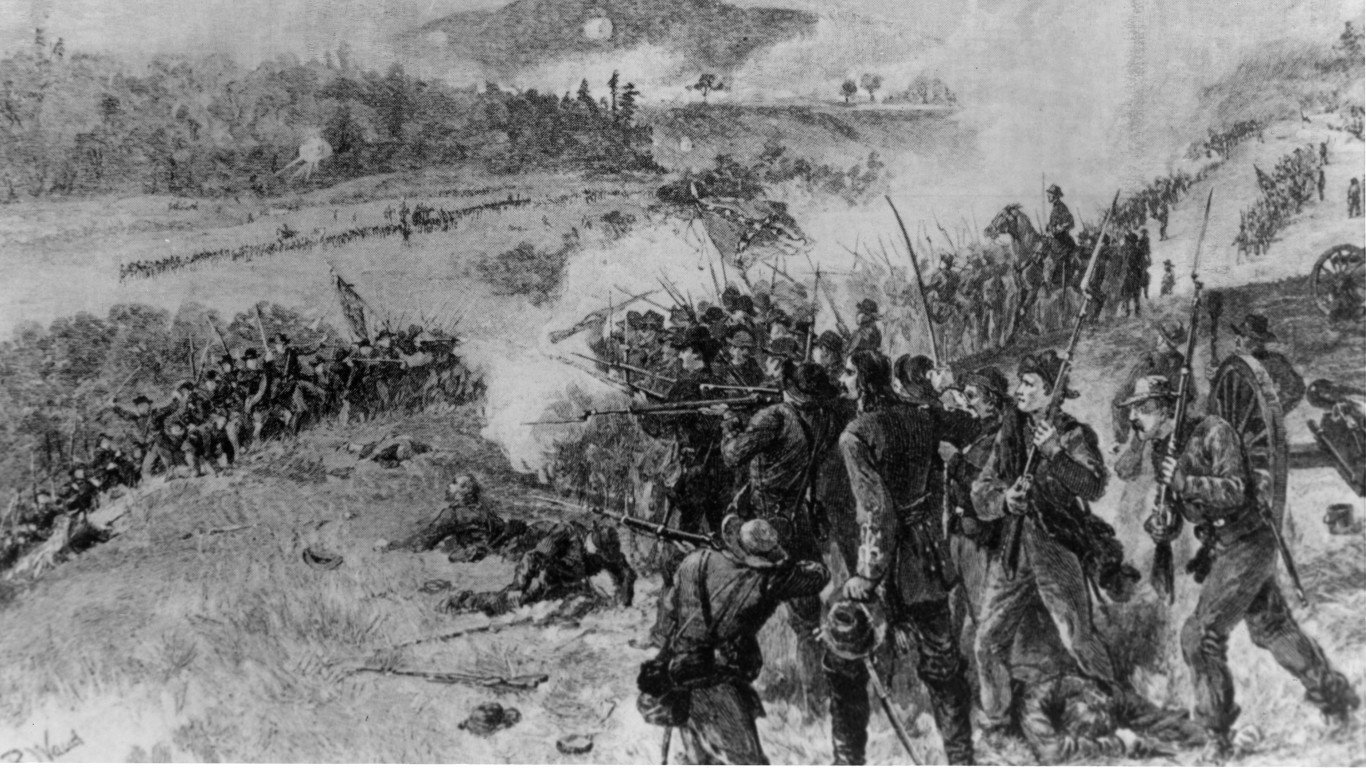
The Battle of Chickamauga was the second bloodiest battle of the American Civil War, second only to Gettysburg. It was a decisive Confederate victory. However, it cost the Confederate army 20% of their forces. It was the deadliest battle in the Western Theater by far.
The Union aimed to capture and occupy the town of Chattanooga on the Tennessee River. Chattanooga sat at the intersection of four major railroads that represented critical supply chains for the Southern forces. President Abraham Lincoln knew that capturing Chattanooga would kneecap the Confederate forces by disrupting their supplies.
The Outcome
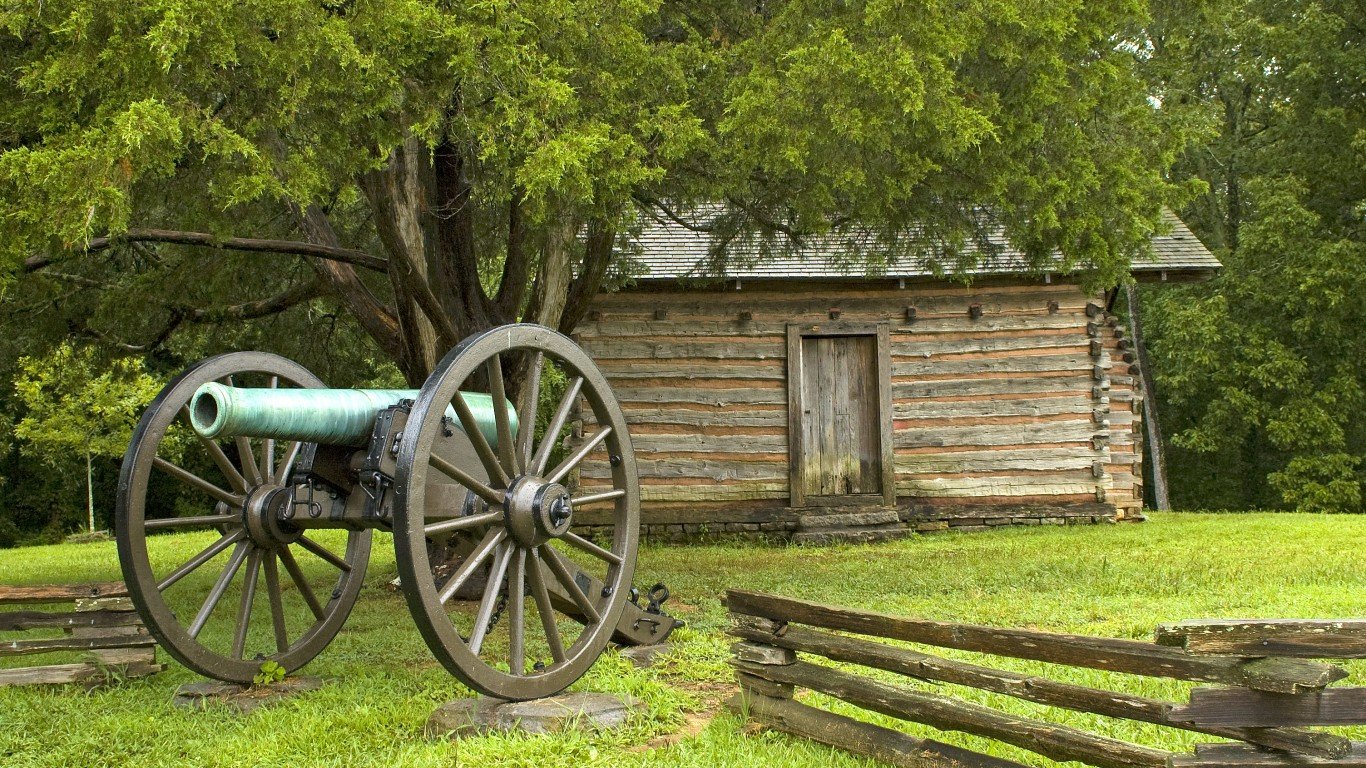
In 1863, Major General William Rosecrans had outmaneuvered Confederate General Braxton Bragg and took Chattanooga without a fight. However, under the assumption that Bragg would retreat with his forces to Rome, Georgia, Rosecrans split his forces into three corps. He stationed the three corps throughout Tennessee and Georgia. Except Bragg had concentrated his troops in LaFayette, Georgia to await reinforcements.
After two days of fighting, Bragg was unable to reoccupy Chattanooga, even though he drove Rosecrans’ corps from the field. Eventually, the Union forces at Chattanooga received reinforcements. They drove the surrounding Confederate troops from their stations. Ultimately, they secured permanent control of the town for the Union.
The total casualties of the Battle of Chickamauga were around 34,624, with 16,170 being Union troops and 18,454 being Confederates. Despite driving the Union forces into a siege at Chattanooga, the Confederate army lost a massive portion of their forces in the battle.
1. Battle of Gettysburg
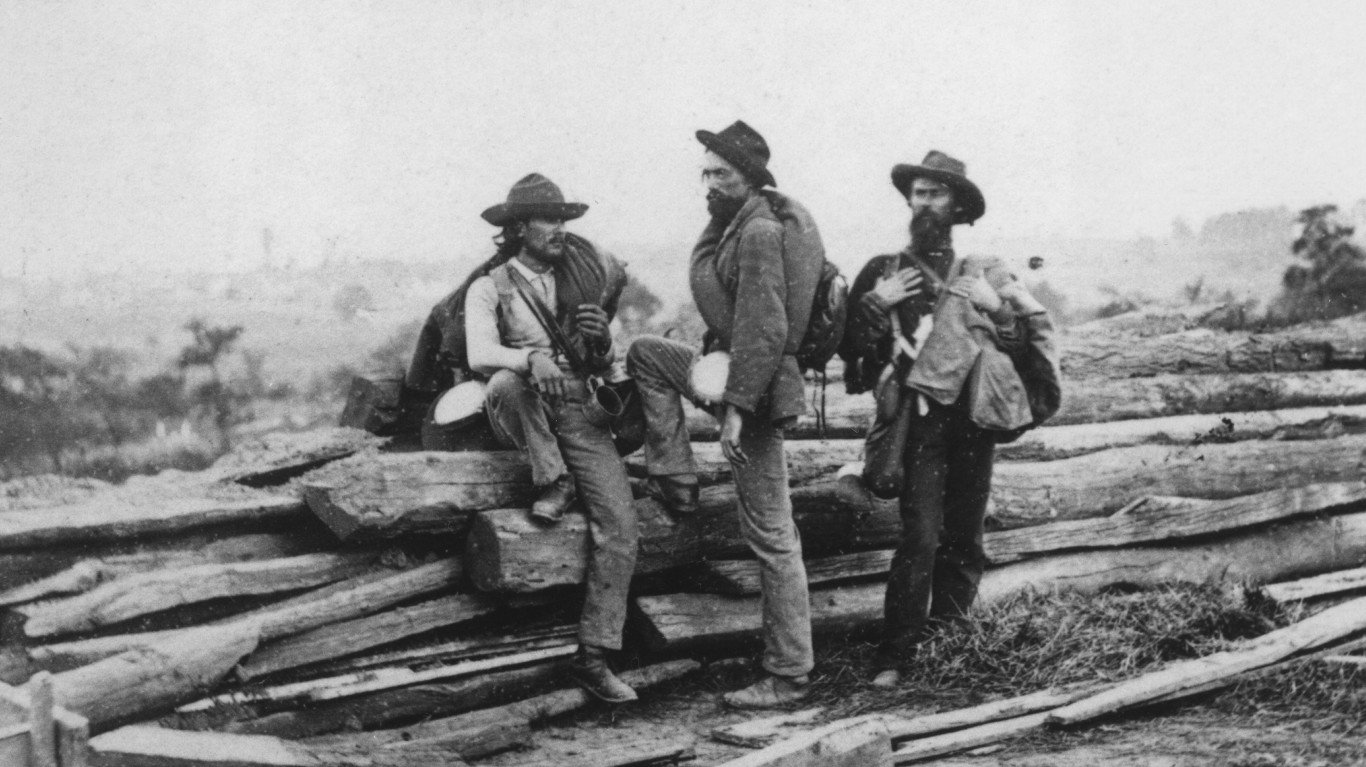
Finally, the Battle of Gettysburg was the single bloodiest battle of the American Civil War. It was one of the most influential conflicts in the war. The Confederacy had experienced a year of defensive victories in Virginia, and General Robert E. Lee sought to win an engagement north of the Mason-Dixon line. He thought this would improve the chances of negotiating independence for the Confederate States of America. However, the Union army soundly defeated Lee’s forces at Gettysburg. The loss left the defeated general to flee back south with his wounded troops.
Most historians believe that the Battle of Gettysburg was the moment in the war where the Confederacy lost its negotiation with the Union and its hope of the Union and Europe recognizing it as an independent nation. Confederate casualties at Gettysburg approached 60%. The losses left the rebel army severely undermanned and wounded as it approached the remaining two years of the war.
The total casualties of the Battle of Gettysburg were around 51,112. Of those casualties, 23,049 were Union soldiers and 28,063 were Confederate soldiers. The three-day engagement was the single bloodiest battle of the American Civil War. President Lincoln expected that General Meade would pursue the fleeing Confederate troops and force a complete surrender. However, Meade did not chase after the retreating soldiers, causing the war to continue for another two years.
Extra: The Gettysburg Address
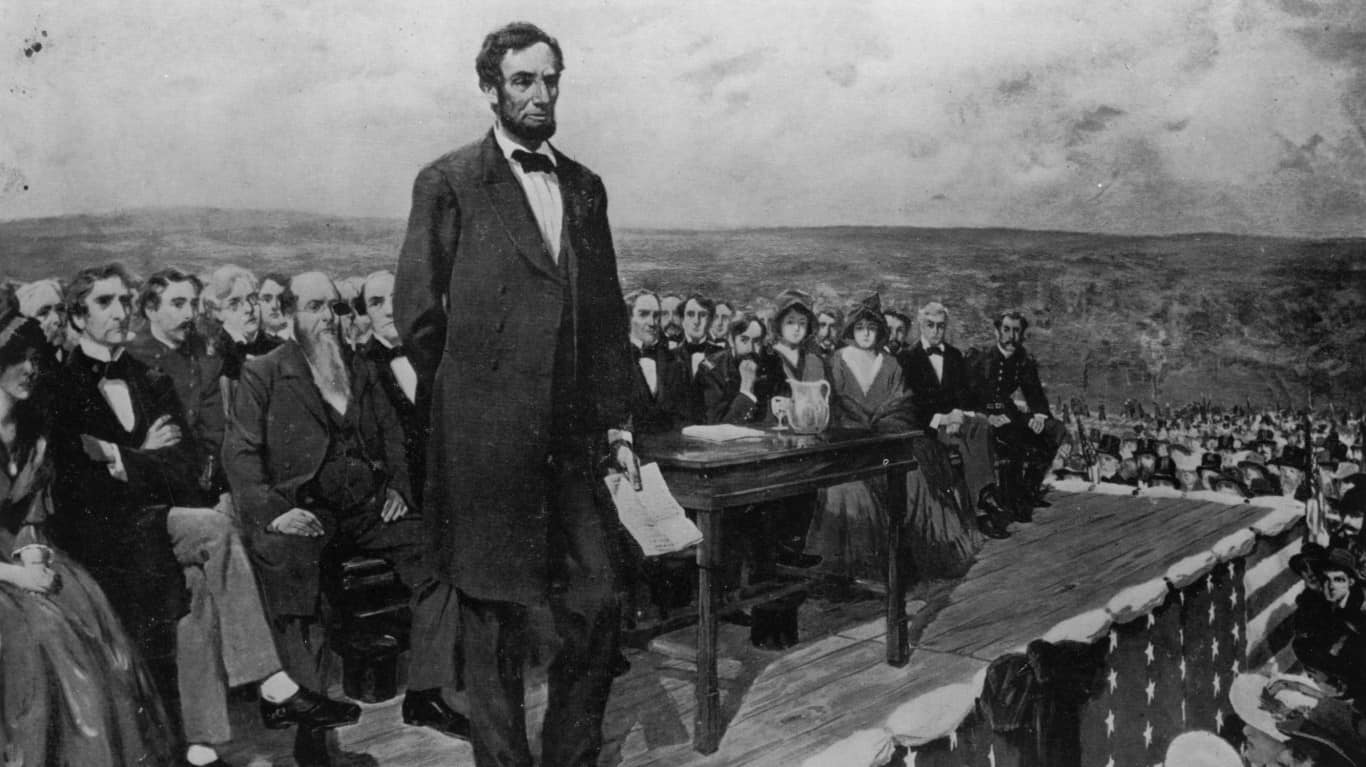
19th November 1863: Abraham Lincoln, the 16th President of the United States of America, making his famous Gettysburg Address speech at the dedication of the Gettysburg National Cemetery during the American Civil War. Original Artwork: Painting by Fletcher C Ransom (Photo by Library Of Congress/Getty Images)
Following the Gettysburg engagement, President Lincoln delivered his famous Gettysburg Address. The government chose the site of the Gettysburg battle as the final resting place for many of the soldiers who were killed in the Civil War. The Gettysburg Address was just one of many parts of the dedication ceremony for the Soldiers’ National Cemetary. It is now known as the Gettysburg National Cemetary.
The Gettysburg Address is one of the most well-known speeches in American history. However, you may find it interesting that the speech wasn’t even planned to be the primary event at the ceremony. It was meant to be a short message from the President following the most deadly battle in the war. In that vein, it was quite short. The Gettysburg Address was only 271 words long. That’s about one-tenth as long as this article. (To learn more about a different war, check out The Largest Battles of the American Revolutionary War.)
